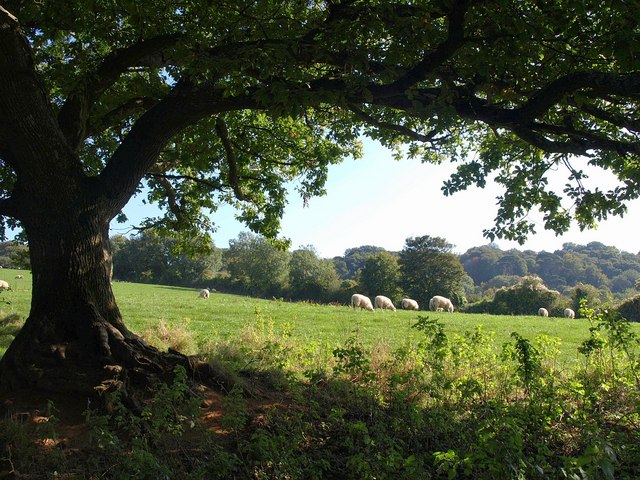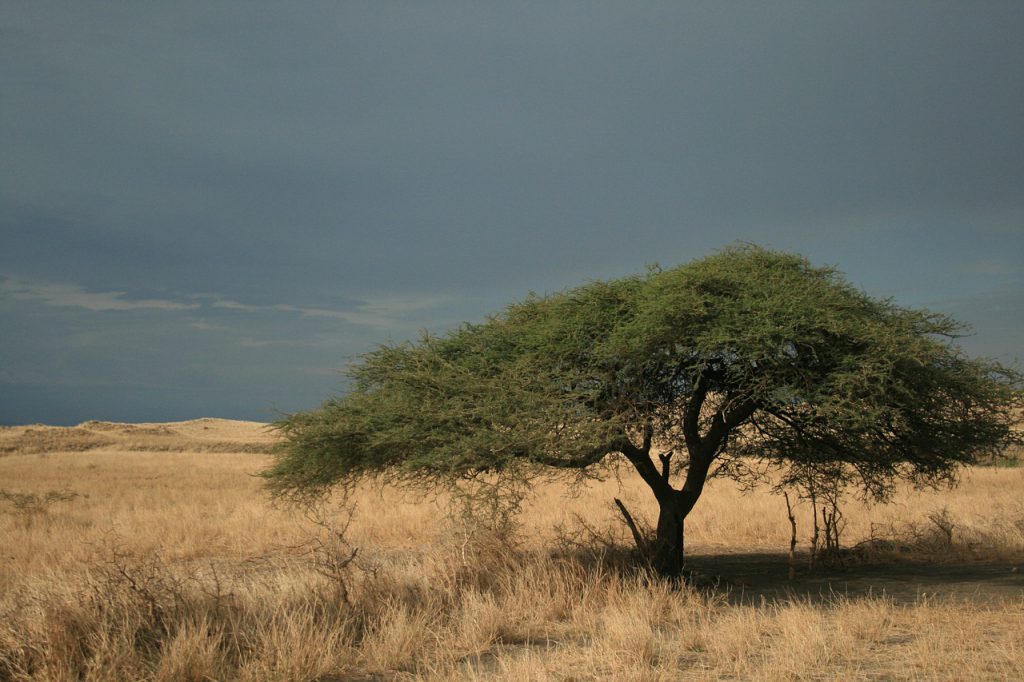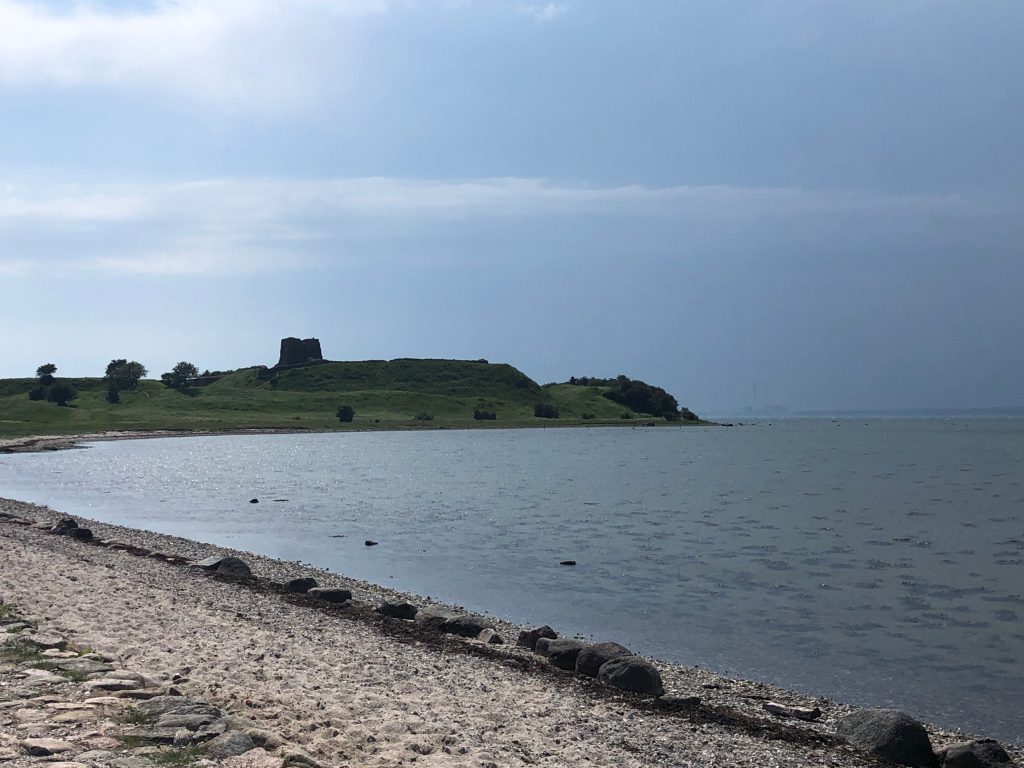Why Do Our Landscapes Look The Way They Do?
Have you ever wondered why designed landscapes look the way they do? Many of our landscapes are designed or planned based on our individual landscape preferences and perceptions. Landscape preferences relate to aesthetics and perceptions relate to understanding.
Landscape perceptions inform our landscape preferences. Our landscape perceptions relate to evolutionary and cultural relationships we have with our environment. The culturally driven landscape perceptions typically relate to individual value sets, differing social norms, and individual belief systems. Although, this is not an exhaustive list, merely a few culturally-related landscape perception variables.
Prospect-Refuge Theory
Evolutionarily, landscape perceptions related to our general understanding and sense of security within our environment. We commonly refer to this evolutionary idea of landscape perceptions as the “Prospect-Refuge Theory”. Prospect relates to our ability to see distant views that present opportunity, while refuge refers to our ability to feel protected or safe. Simply put, it means to see without being seen.
Let us take a moment to use our imagination.
Imagine that you are in a large open grassland area, like a savanna, and you are sitting under a tree. How do you feel? Now imagine that you are in the same field but remove the tree. How different do you feel? Although our imagination just removed a tree to our mindful scene, the tree typically gives us a sense of security.
Similarly, the most successful landscape designs intentionally, or unintentionally, evoke prospect-refuge. A great example is a park bench that is under trees and looks out across a field or open space. This design motif is incredibly common.

The idea of prospect-refuge theory has helped continually predict landscape preferences. Multiple studies have regularly shown that when comparing different environments, school-aged children consistently select savannas as their most preferred landscape. Similarly, many similar studies have found the Acacia Tree (Acacia spp.), which is the tree we typically see in savannas, as the most preferred tree shape.
Youth preferring these landscapes are primarily linked to human evolution, with our ancestors living in savannas and potentially finding shelter among acacia trees. Prospect-Refuge Theory allows us to predict landscape preferences of school-aged children, but it is not as reliable with similar studies done with adults. This is associated with adults having more personal experiences or cultural influences.

A Repeated History of Landscape Design
Speeding through thousands and thousands of years, we see the idea of Prospect-Refuge Theory reoccurring in landscape design throughout history and writings. Christianity, Judaism, and the Islamic faiths begin in the Garden of Eden; a walled garden protected from the wild and sinful landscapes. Ancient homes in Greek and Roman were commonly high-walled homes with central courtyards, which had a controlled interior landscape but looked outwards to survey the landscape. Medieval castles, with high walls and interior cloister gardens, helped protect from the wilds of the forested areas. As settlers first came to the Americas, settlers cut down forests, or the wild, to introduce controlled and productive landscape. This idea then turned into Manifest Destiny, which was used to justify western expansion in the United States.
Ultimately, the same characteristics of the prospect-refuge theory reoccur throughout history with various cultural influences. We see these same ideas in our modern landscape typologies-a home within a controlled landscape to keep us safe from the wild. As our landscapes evolved, so have our landscape preferences and perceptions.

Sustainability Starts in the Past
Currently, landscape trends are directly linked back to early ideas of Prospect-Refuge Theory, but whether we like it or not, we are part of our environment. Our entire urban and built ecosystem are directly related to our environments. Cultural influences or landscape perception influences our landscape management choices and development practices, despite the intended or unintended consequences.
To help define the future of sustainable landscapes, we must recognize the history of landscapes and the human-factor in their development. The future of sustainable landscapes should rely on evolutionary and cultural influences on landscape perceptions and preferences but reconnect our ideas back into a relationship with the environment.
 0
0
